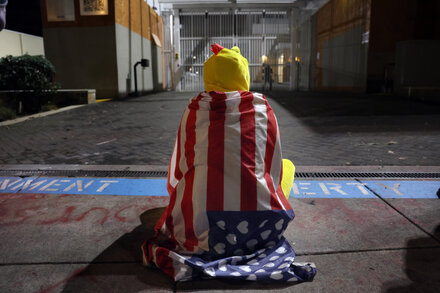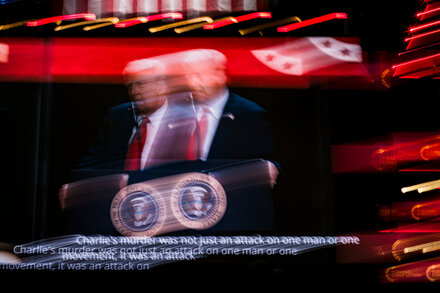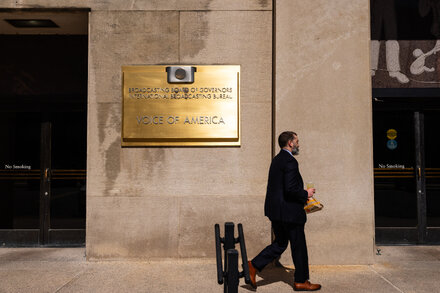
Amid a period of heightened civil unrest in the United States, then-President Donald Trump frequently characterized Portland, Oregon, as a city engulfed in chaos, often stating it was “burning” or out of control. An examination of the situation in Portland during the summer and fall of 2020 reveals a more complex reality than suggested by the president’s rhetoric.
Beginning in late May 2020, following the murder of George Floyd, Portland, like many American cities, experienced sustained protests against police brutality and racial injustice. These demonstrations were particularly persistent in Portland, continuing nightly for months, primarily concentrated in a downtown area around the federal courthouse and police precincts.
The Nature of the Protests
While many protests were peaceful, a segment of the demonstrations did involve confrontations between protesters and law enforcement, as well as incidents of property damage, arson, and vandalism. Targets often included federal buildings, police facilities, and some downtown businesses. Media reports and local government statements documented instances of projectiles thrown, fires set in dumpsters or small structures, and graffiti. Local authorities made numerous arrests related to these activities.
However, the assertion that the entire city was “burning” or experiencing widespread, uncontrolled destruction does not align with the on-the-ground reality reported by journalists and residents. The vast majority of Portland’s residential neighborhoods and commercial districts remained largely unaffected by the nightly unrest, which was typically confined to a few square blocks of the downtown core and outer precincts. Life in much of the city continued with relative normalcy, albeit under the cloud of the ongoing pandemic and political tensions.
Crime Statistics and Broader Trends
During the period of intense protests, Portland, like many major U.S. cities, did experience an increase in certain crime categories, particularly homicides. Data from the Portland Police Bureau and analyses by independent organizations indicated a surge in gun violence and homicides in 2020, reaching levels not seen in decades. This rise was a national trend, often attributed to a confluence of factors including economic stress, social disruption from the pandemic, and decreased police activity in some areas, rather than solely the protests themselves.
Property crime, while present in the protest zones, did not indicate a city-wide collapse. While businesses near protest flashpoints faced significant damage, overall property crime statistics across the vast expanse of the city did not reflect an “uncontrolled” environment everywhere.
Federal Intervention
The situation in Portland was further complicated by the deployment of federal agents to protect federal properties in July 2020, a move heavily criticized by local and state officials. This intervention often escalated tensions and led to more confrontations, blurring the lines between local law enforcement actions and federal interventions. Local leaders consistently asserted that the federal presence exacerbated, rather than quelled, the unrest.
In summary, while Portland experienced genuine and often destructive unrest in specific areas for an extended period, the characterization of the entire city as “burning” or experiencing anarchic collapse was a significant exaggeration. The reality involved concentrated protests, some violence and property damage, and a complex interplay of local and federal responses, set against a backdrop of broader national crime trends.
Source: Read the original article here.





